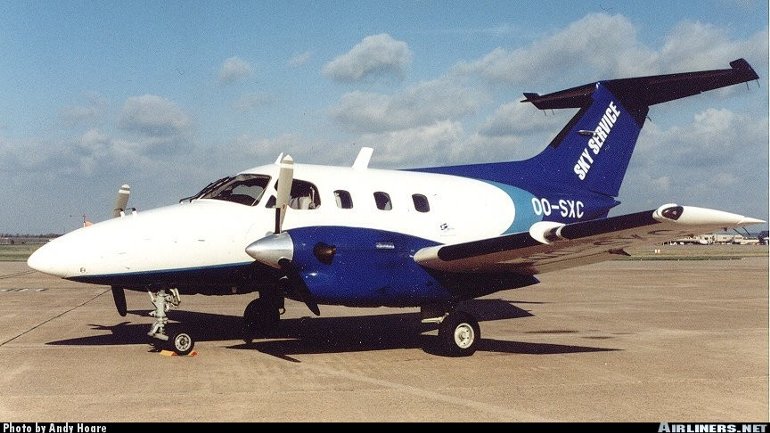Aircraft Technical Data
Embraer EMB121 Xingu

| Details | |
| Country of Origin | Brazil |
| Type | Twin turboprop corporate transport |
| History | The sleek looking Xingu coupled the Bandeirante's wing and engines with an all new fuselage, but was only produced in modest numbers. The Xingu flew for the first time on October 10 1976, with a production aircraft following on May 20 1977. The first customer delivery occurred later that same year (to the CopersucarFittipaldi Formula One racing team). The major customer for the Xingu I was the French military, with a total order for 41 (for aircrew training and liaison duties for the air force and navy), which accounted for almost half of all EMB121 production. Several derivatives of the Xingu design were proposed, including the original EMB120, the Araguia, a commuter airliner which would have seated 25, and the EMB123 Tapajós. The Tapajós would have had more powerful 835kW (1120shp) PT6A45 engines (which also would have powered the Araguia), increased wing span and a lengthened fuselage. A more modest development did enter production, the EMB121B Xingu II. This introduced more powerful engines, four blade props, increased fuel tankage and greater seating capacity courtesy of a slightly stretched fuselage. Similar in size, powerplant and performance to the Raytheon Beech King Air B200, the Xingu II made its first flight on September 4 1981. Production ceased in August 1987 after 105 had been built. |
| Powerplants | Xingu I - Two 505kW (680shp) Pratt & Whitney Canada PT6A28 turboprops driving three blade constant speed Hartzell propellers. Xingu II - Two 635kW (850shp) PT6A42s driving four blade constant speed Dowty props. |
| Performance | Xingu I - Max cruising speed 450km/h (243kt), econ cruising speed 365km/h (197kt). Initial rate of climb 1400ft/min. Service ceiling 26,000ft. Range with max fuel 2352km (1270nm). Xingu II - Max cruising speed 465km/h (251kt), economical cruising speed 380km/h (205kt). Initial rate of climb 1800ft/min. Range with max fuel 2278km (1230nm), with max payload 1630km (880nm). |
| Weights | Xingu I - Empty equipped 3620kg (7984lb), max takeoff 5670kg (12,500lb). Xingu II - Empty equipped 3500kg (7716lb), max takeoff 6140kg (13,536lb). |
| Dimensions | Xingu I - Wing span 14.45m (47ft 5in), length 12.25m (40ft 2in), height 4.74m (15ft 7in). Wing area 27.5m2 (296.0sq ft). Xingu II - Wing span 14.83m (48ft 8in), length 13.44m (44ft 1in), height 4.74m (15ft 7in). Wing area 27.9m2 (300.3sq ft). |
| Capacity | Xingu I - Flightcrew of one or two, plus typical main cabin seating for five or six passengers. Xingu II - Flightcrew of two. Main cabin seating for seven, eight or nine passengers, depending on customer preference. |
| Production | Total Xingu I & II production 105 aircraft, including military orders. Over 60 currently in use as corporate transports, largely in Europe and South America. |
| Related Links | Embraer EMB121 Xingu |
The backbone of this section is from the The International Directory of Civil Aircraft by Gerard Frawley and used with permission. To get your own copy of the book click here. |
|








